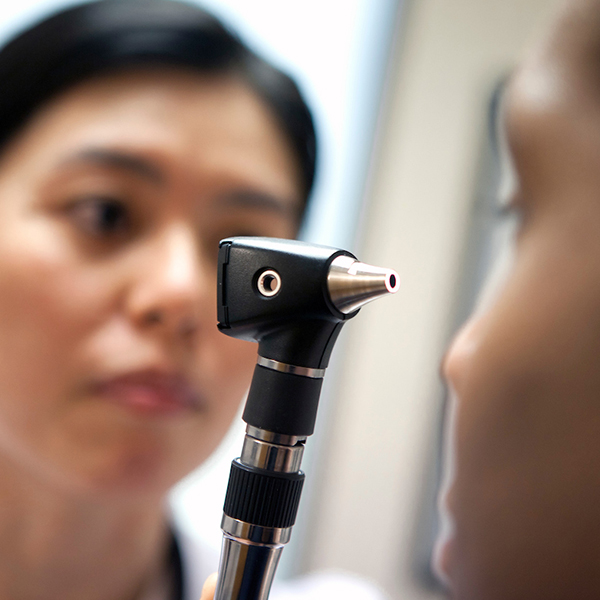Allergies
Overview and Facts about Allergies
Allergies are one of the most common chronic medical conditions, affecting up to 50 million people in the United States. An allergy occurs when the body’s immune system identifies a substance as harmful and overreacts to it.
The resulting symptoms are referred to as an allergic reaction. Common causes of allergies include certain foods, substances (such as latex), airborne particulates, pets and insect stings.
Signs and Symptoms of Allergies
Symptoms vary depending on the allergen and can affect the airways, sinuses and nasal passages, skin, and digestive system. Symptoms can range from mild to life-threatening. In the most severe cases, a life-threatening reaction known as anaphylaxis can occur.
Symptoms of anaphylaxis include shortness of breath, swelling of the throat and mouth, trouble breathing, changes in heart rate, a drop in blood pressure and loss of consciousness.
The most common types of allergies and their symptoms include:
- Allergic rhinitis (hay fever), which induces sneezing, itchy eyes and nose, runny nose, stuffy nose, and watery, red or swollen eyes
- Drug allergies, which can cause hives, itchy skin, rash, facial swelling, wheezing and anaphylaxis
- Food allergies, which can cause tingling of the mouth, hives, anaphylaxis and swelling of the lips, tongue and throat
- Skin allergies, of which redness, swelling, blistering, itching, hives and rashes are common symptoms
Causes and Risk Factors of Allergies
Normally, the immune system protects against harmful invaders, such as viruses and bacteria. An allergic reaction occurs when the system mistakenly recognizes an otherwise harmless substance as something dangerous and attempts to destroy it.
This is done by triggering the production of Immunoglobulin E (IgE) antibodies, which travel to cells and cause the release of natural chemicals like histamine. These chemicals enter the surrounding tissue and induce the allergy symptoms.
Tests and Diagnosis of Allergies
People experiencing symptoms are first seen by their primary care doctor who may then recommend a specialist, known as an allergist. The allergist will take a medical history, conduct a physical exam, and perform the following tests:
- Blood Tests (specific IgE), which measure the amount of allergy-causing Immunoglobulin E (IgE) antibodies in the blood. The blood is also tested for evidence of sensitivity to possible allergens.
- Skin Prick Test (SPT), where a small drop of the possible allergen is placed on the skin to see if it induces an allergic reaction
Treatment and Care of Allergies
Allergies are treated through medication and/or immunotherapy. Depending on the allergy, the medications can be prescribed. These medications can include:
- Antihistamines, which block histamine release and are used to treat seasonal and indoor allergies
- Corticosteroid creams or ointments, which relieve itchiness and stop rashes from skin allergies
- Emergency epinephrine, which helps reduce life-threatening reactions until emergency treatment can be given
- Nasal corticosteroids or nose sprays, which reduce swelling that causes a stuffy, runny and itchy nose associated with nasal allergies
Immunotherapy is another possible approach. It is a form of preventive treatment wherein incremental doses of the troublesome allergen are administered to help the immune system become less sensitive to the substance.

Request an Appointment
Our primary care physicians care for the overall health of the whole family, providing checkups and routine medical exams. We’ve made it easy to see a Loyola Medicine primary care provider with a variety of appointment options.
Immediate Care Virtual Visits now available!
Schedule a Telehealth Appointment
